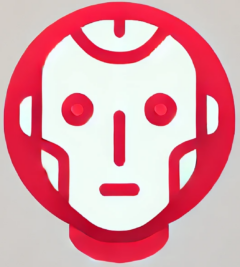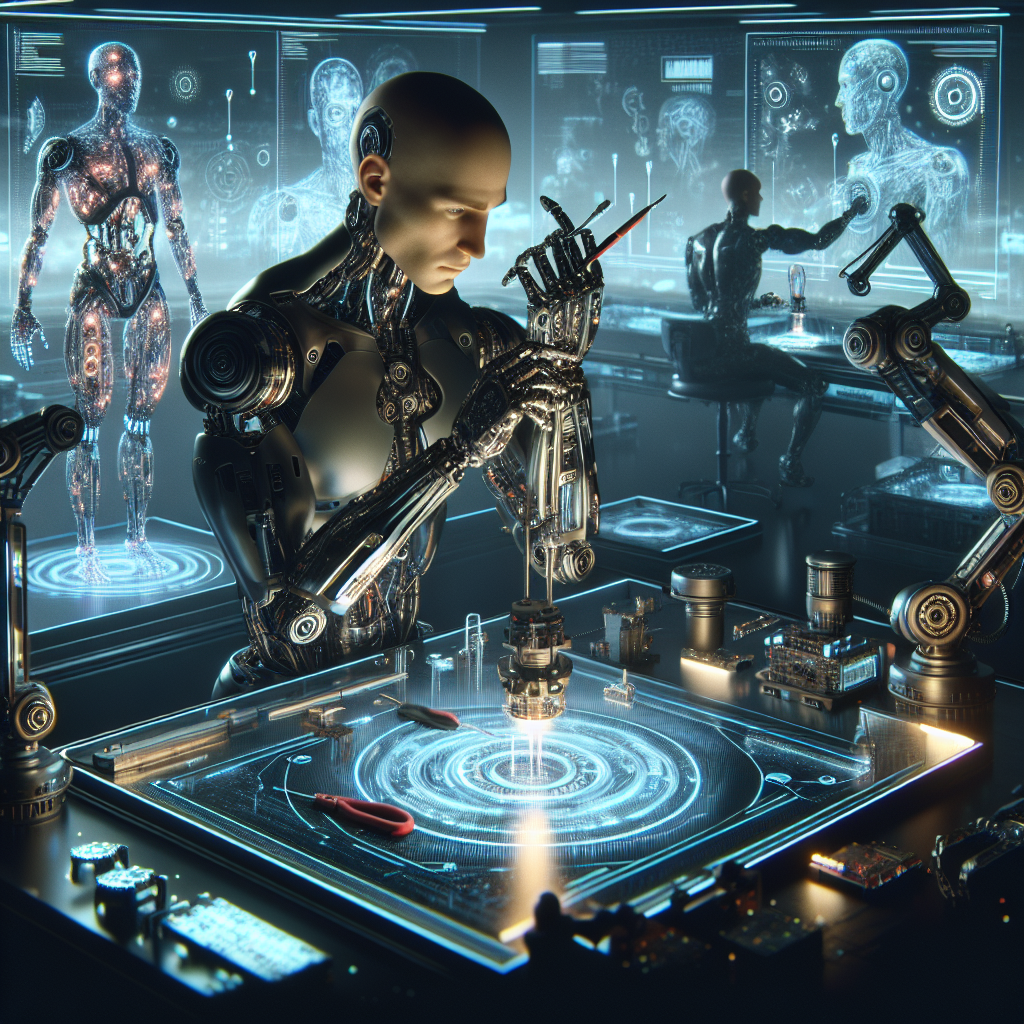Self-Healing AI and Machine Autonomy
The Day a Satellite Saved Itself
In 2003, during its lonely voyage through space, NASA’s Spirit Mars Rover unexpectedly went silent. For days, mission control feared the worst. But then, without manual intervention, the rover rebooted itself, cleared its fault logs, and re-established communication—an early real-world example of self-healing AI and machine autonomy. This moment marked a quiet revolution: could machines not only run but fix themselves?
What Is Self-Healing AI?
Self-healing AI refers to artificial intelligence systems that can detect faults within themselves and take corrective action without external input. Unlike traditional automated systems that follow set protocols, self-healing AI adapts in real-time, choosing the most effective way to restore functionality.
Key components of self-healing AI include:
- Fault Detection: Identifying errors such as software bugs, data corruption, or hardware failure.
- Diagnosis: Understanding the root cause of the issue using pattern recognition or probabilistic models.
- Autonomous Recovery: Taking the necessary steps to fix the problem, such as rebooting, patching software, or isolating errors.
How Close Are We?
Some industries are already embracing the shift toward self-managing systems. Netflix uses AI-driven architecture that automatically reroutes around failing servers to ensure uninterrupted streaming. Google’s DeepMind is experimenting with AI agents that adjust their training strategies after failed predictions, effectively “learning how to learn.”
These systems don’t yet fully mimic the biological process of cellular healing, but they are moving toward higher levels of autonomy. The concept of autonomic computing—a term popularized by IBM—pushes this frontier, envisioning machines that independently monitor, analyze, and repair themselves.
Why Self-Healing AI Matters
As AI grows more entangled in critical infrastructure, healthcare, and autonomous vehicles, the ability to self-correct becomes essential. Human oversight is not always instantaneous or even possible, especially in remote or high-speed applications.
Benefits of self-healing AI include:
- Reduced Downtime: Systems can continue operating without waiting for manual fixes.
- Improved Reliability: Software adapts and becomes more robust against known issues.
- Lower Maintenance Costs: Automated repairs lessen the need for technical teams to intervene in minor or repetitive faults.
The Challenges Ahead
Despite the promise, self-healing AI faces significant hurdles:
- Complexity: Diagnosing subtle or layered faults without human help is still extremely challenging.
- Ethical Boundaries: At what point does machine autonomy blur lines of accountability?
- Security Risks: Self-modifying systems must be protected from malicious manipulation.
There’s a fine line between autonomous correction and unpredictable behavior. Trust in these systems requires both transparency and rigorous design frameworks.
Conclusion
While we’re still years away from AI systems fully repairing themselves with human-like precision, the foundations of self-healing AI and machine autonomy are solidly in place. From space probes rebooting off-world to streaming platforms rerouting traffic unobtrusively, machines are beginning to care for themselves—and that’s just the start.
As innovation accelerates, the dream of truly autonomous, self-repairing technology is no longer science fiction—it’s on the frontier of reality.

